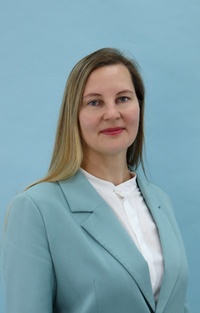Архив журнала
Об особенностях развития речи у детей с нарушением слухового восприятия
- 1050
- Файл статьи: PDF
Аннотация: Работа посвящена проблеме наиболее грубых нарушений развития речи у детей, а именно алалиям. Обозначаются особенности этих речевых расстройств и причины их развития. Основное внимание уделяется «слуховым алалиям». Это отражает принципиальное значение состояния слуховой сферы для овладения детьми речью. Отдельно рассматривается специфика неречевого и речевого слуха, места их представленности в мозге. Подчеркивается, что зоны неречевого и речевого слуха расположены в разных полушариях мозга. Это обусловливает необходимость и особенности взаимодействия мозговых гемисфер. Очерчиваются вклады правого и левого полушарий в реализацию речи у детей. Нарушения этих видов слуха расцениваются как основные причины безречия у детей. Выделяются «неречевые» слуховые и речевые слуховые алалии, описываются их различия по конкретным причинам развития и симптоматике. Показано, что нарушения неречевого слуха (неспособность различать предметные, природные и музыкальные шумы) являются наиболее грубым механизмом алалии. Уточняется, что основной причиной этого речевого расстройства является незрелость проводниковых связей между различными зонами мозга. Такой дифференцированный подход к алалиям продуктивен для определения оптимальных методов коррекции развивающейся у детей речи.
Ключевые слова: алалия; неречевой слух; речевой слух; различение слуховых сигналов; логопедия; нарушения речи; дети с нарушениями речи; развитие речи.
Abstract: The article is devoted to the issue of one of the most severe speech disorders in children commonly known as alalia. The authors describe the typical features of this speech disorder and the causes of its onset. The main focus is on “auditory alalias”. This fact reflects the fundamental importance of the state of the auditory sphere for children's acquisition of speech. The specificity of non-verbal and verbal awareness and the regions of their representation in the brain are considered separately. It is emphasized that the non-verbal and verbal awareness zones are located in different hemispheres of the brain. This determines the necessity and peculiarities of interaction between brain hemispheres. The study outlines the contributions of the right and left hemispheres in the realization of speech in children. These types of hearing loss are regarded as the main causes of children’s inability to speak. “Non-speech” auditory and speech auditory alalias are distinguished and their differences are described with reference to specific developmental reasons and symptoms. It is shown that the cases of non-verbal awareness impairment (inability to distinguish between object-related, natural and musical noises) represent the most severe mechanism of alalia. It is specified that the main cause of this speech disorder is the immaturity of the conductive connections between different brain regions. Such differential approach to alalias is productive for determination of optimal methods of correction of speech development in children.
Key words: alalia; non-verbal awareness; verbal awareness; differentiation of auditory signals; logopedics; speech disorders; children with speech disorders; speech development.


